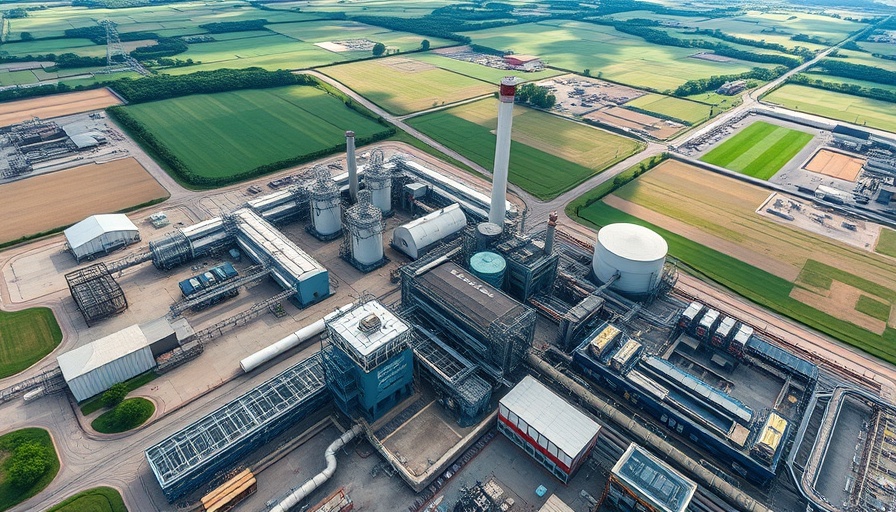
Revamping Energy: Verra's New Transition Credits Methodology
In a groundbreaking move for the renewable energy sector, Verra has introduced the world's first methodology for transition credits aimed at phasing out coal power. This innovative approach allows for the creation of carbon credits by retiring coal plants early and replacing them with renewable energy sources. As the largest carbon credits certifier globally, Verra’s initiative represents a significant shift in how emissions reductions can be quantified and applied.
The Just Transition Plan: Ensuring No Worker is Left Behind
One of the critical aspects of the newly launched methodology is the commitment to a "just transition" for affected workers and communities. Verra mandates that at least 2% of the revenue from transition credits be earmarked for supporting these communities, which may include providing training for new jobs, enhancing energy access, and ensuring social protections. This holistic approach aims to mitigate the impact of coal plant closures on local economies.
Contextualizing the Shift: ACEN Leads the Way
Filipino energy group ACEN is already set to be a pioneer under this new framework. In 2023, ACEN announced plans to retire its 246-megawatt South Luzon Thermal Energy Corporation (SLTEC) coal plant by 2030 instead of delaying until 2040. The company’s early divestment highlights the urgency of transitioning toward renewable energy sources while simultaneously addressing the socio-economic concerns that such a shift entails.
Recognizing the Scope: Calculating Emissions Reduction
The methodology developed by Verra estimates emissions reductions through a counterfactual model, which evaluates what emissions from a coal plant might have been if it had continued operations for its expected lifetime. This rigorous assessment is vital for establishing credible, quantifiable carbon credit generation tied to specific environmental outcomes.
Broader Implications for Climate Action and Renewable Energy
As countries strive to meet their climate goals, approaches like Verra's transition credits could catalyze more aggressive actions towards renewable energy. Phasing out coal is essential, especially in regions heavily reliant on coal power, and such methodologies can promote responsibly accelerated transitions. However, it's crucial to ensure that these transitions prioritize energy equity and social justice.
Future Predictions: A Framework for Global Climate Goals?
Looking ahead, Verra's initiative may set a precedent for similar projects worldwide. As governance around climate action grows, there will likely be increased demand for transition credits as companies seek to bolster their sustainability credentials. This methodology not only encourages the reduction of carbon footprints but strengthens community ties and promotes the growth of a green economy.
Actionable Insights: Embracing Sustainable Practices
The launch of transition credits is more than just a regulatory exercise; it is a pathway for businesses and communities to take action against climate change. Companies can explore sustainable practices by aligning their operational strategies with environmental stewardship. Investing in renewable energy, exploring green technology, and participating in carbon credit programs are all steps toward a more sustainable future.
Conclusion: Embrace the Shift towards Sustainability
The introduction of the transition credits methodology by Verra is a crucial step towards not only reducing carbon emissions but also ensuring that marginalized communities are supported during this transition. As we navigate these challenges, it is imperative for companies and individuals alike to commit to sustainable practices and advocate for policies that foster a responsible and equitable shift to renewable energy. Now is the time to embrace change and advocate for a sustainable future.
 Add Row
Add Row  Add
Add 



Write A Comment